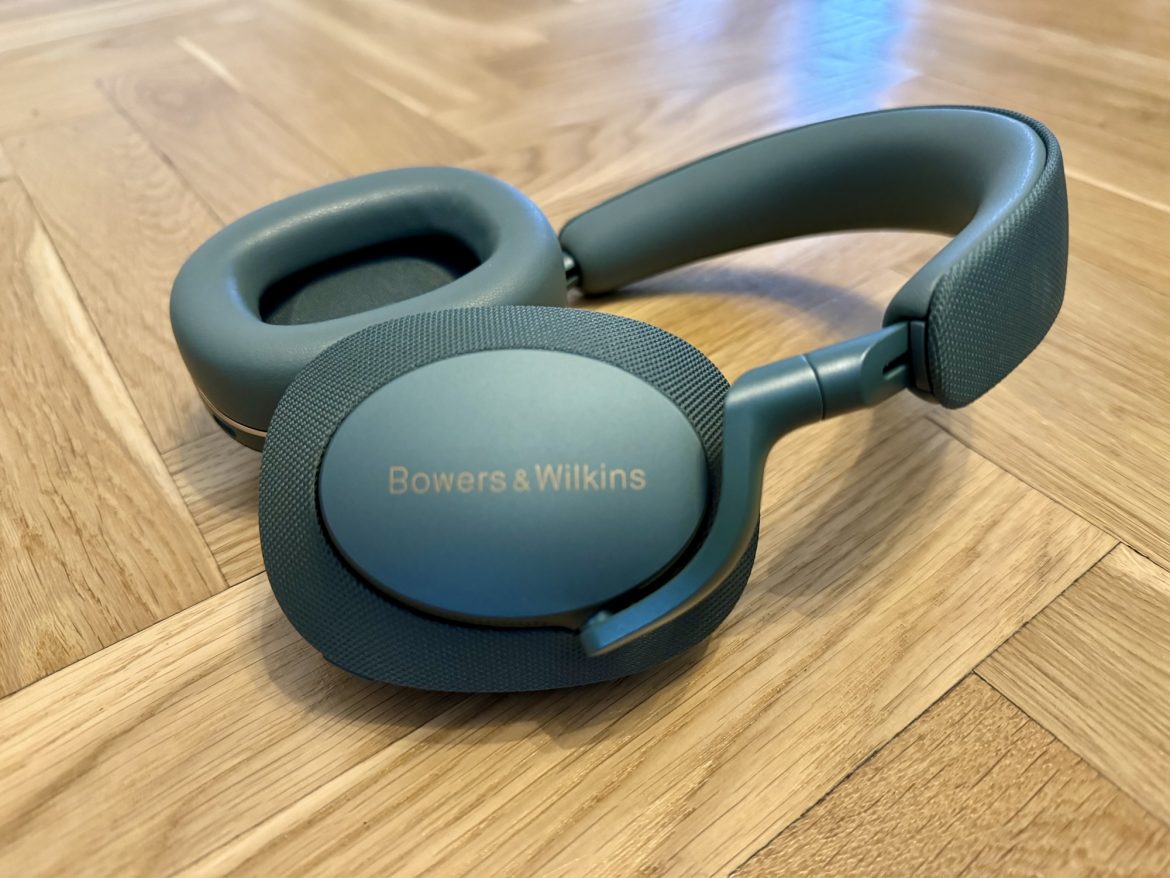TL;DR
Bowers & Wilkins PX7 S2e headphones impress with refined design, exceptional call quality, and comfortable wear. They deliver a detailed, clear sound ideal for acoustic and well-mixed tracks, though bass can be a bit lean for rock. While ANC is good, competitors edge them out slightly. They boast excellent build, multipoint connectivity, and support for high-quality codecs. If you value elegance, stellar calls, and precise audio over booming bass, these are a top contender. Curious to see how they stack up? Dive into the full review!
Bowers & Wilkins – often abbreviated to B&W within audiophile circles – is a renowned British high-end audio manufacturer. While celebrated for their loudspeakers, the company has also steadily increased its presence in the competitive headphone market. Their true wireless in-ear monitors, the B&W Pi7, served as our reference product in 2021. Although subsequently surpassed by the Technics EAH-AZ80 (we regrettably missed the opportunity to directly compare them to the Pi7 S2), the Bowers & Wilkins PX7 S2e, the focus of this review, is a successor to the established PX7. Positioned just below the flagship PX8 in terms of pricing, the PX7 S2e enters the high-end arena with a price of 5,000 SEK. A key question arises: can they challenge the Bang & Olufsen H9i, our previous benchmark?
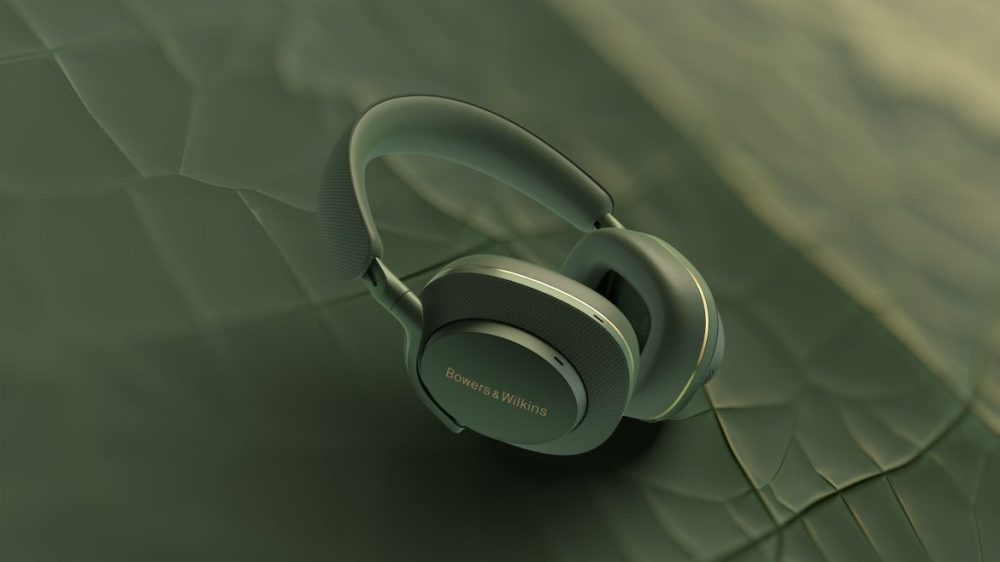
The initial impression of the B&W PX7 S2e is one of refined aesthetics and robust construction. Our review unit, finished in forest green, arrived in a sophisticated case featuring a woven textile texture. The headphones themselves share the same color, accented by gold detailing on the earcups. The design evokes a timeless, retro sensibility within a modern framework, achieving an appealing visual harmony. The design earns high marks.
Impressive Comfort and Call Quality
Comfort is also a key attribute. While the headphones exhibit a slightly firmer fit than Sony’s WH-1000XM5 on a larger head, the earcups, incorporating memory foam and a leather-like material, provide a comfortable seal. Extended listening sessions are possible without significant discomfort or slippage. The close fit contributes to impressive passive and active noise cancellation (ANC). ANC settings are adjustable via the companion app, which also provides a hear-through mode for situational awareness. Equipped with six integrated microphones for ANC and voice calls, call quality exceeded expectations. Typically, users report subpar audio when I use headphones for calls, with the exception of Apple’s wired EarPods. However, the PX7 S2e delivers clear voice transmission, indistinguishable from direct phone calls for the recipients. The combination of hands-free operation and ANC in noisy environments is a significant advantage.
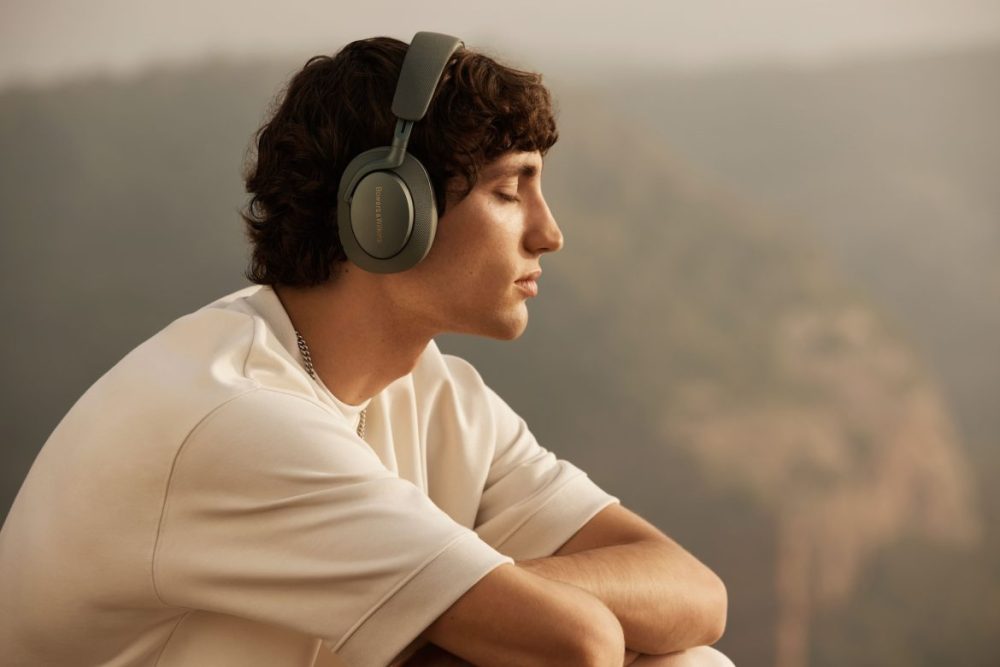
The B&W PX7 S2e does not fold, which marginally increases its bulk for travel. However, this is not a significant drawback. It is a compromise found in other models, and for many, the enhanced audio performance justifies the slightly larger footprint.
Bowers & Wilkins PX7 S2e: Technical Overview
The B&W PX7 S2e builds upon the foundation of the original PX7, introduced in 2017, and incorporates elements from the flagship PX8. Several key upgrades have been implemented. The weight has been reduced to 307 grams, achieved partly through a reduction in earcup size and a change in driver diameter, from approximately 44mm to 40mm. While the smaller driver might raise concerns about bass response, this should not be immediately assumed. The earcups have also been refined for a slimmer profile. Despite the diameter reduction, the voice coil has been significantly upgraded from 5mm to 20mm, contributing to improved sonic performance. The six microphones dedicated to ANC effectively attenuate ambient noise, particularly lower frequencies. However, the Sony and Bang & Olufsen remain leaders in overall ANC effectiveness, especially in suppressing higher frequency sounds.
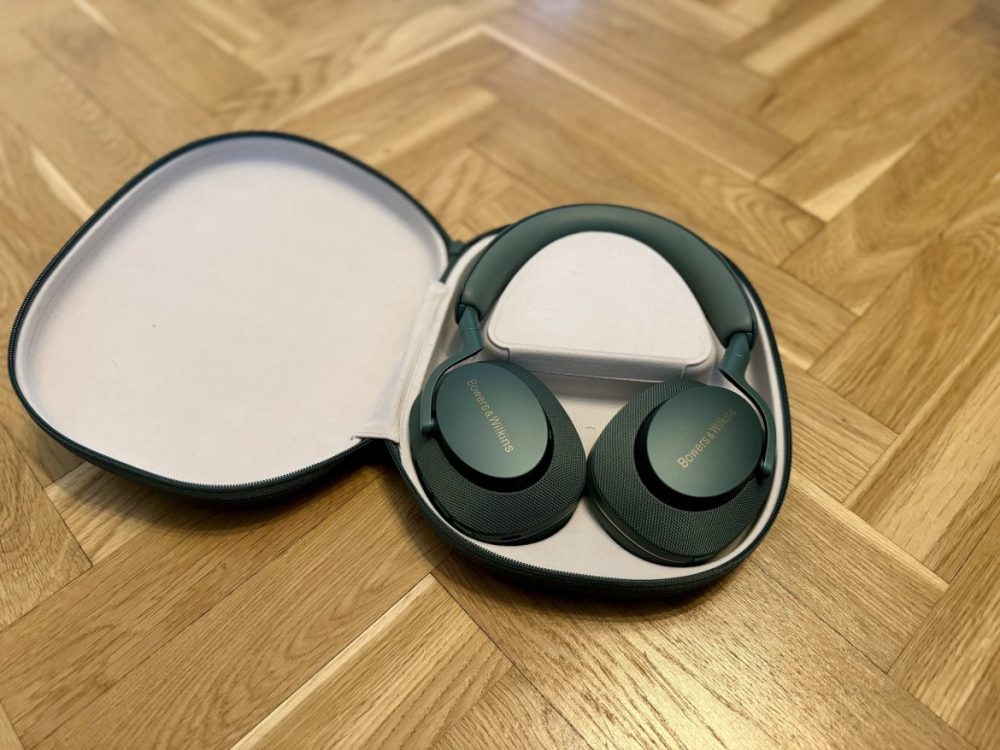
The physical controls are intuitive and customizable via the app. The default configuration includes a button for ANC mode selection (off, auto, and on) and volume controls. The Bluetooth connection proved exceptionally stable with a long operating range. Multi-point connectivity is supported, enabling simultaneous connection to devices such as a phone and a computer. The unit utilizes Bluetooth 5.0 and supports aptX, aptX HD, aptX Adaptive, aptX Low Latency, and SBC codecs. As is typical, iPhone users are limited to the standard SBC codec for wireless audio, while Android and computer users (including macOS) can leverage aptX lossless codecs. The iPhone 15 Pro Max and Pro models support lossless audio, but only via a wired USB-C connection.
Charging is facilitated via USB-C (cable included). However, a dedicated charger is not included. B&W has omitted a 3.5mm jack, opting instead for a mini-jack to USB-C connection (cable included). A notable limitation is the inability to operate the headphones passively without battery power. Users should therefore carry a power bank for backup during travel. However, the headphones offer approximately 30 hours of battery life on a full charge (requiring two hours), with a 15-minute quick charge providing 7 hours of playback, sufficient for most users.
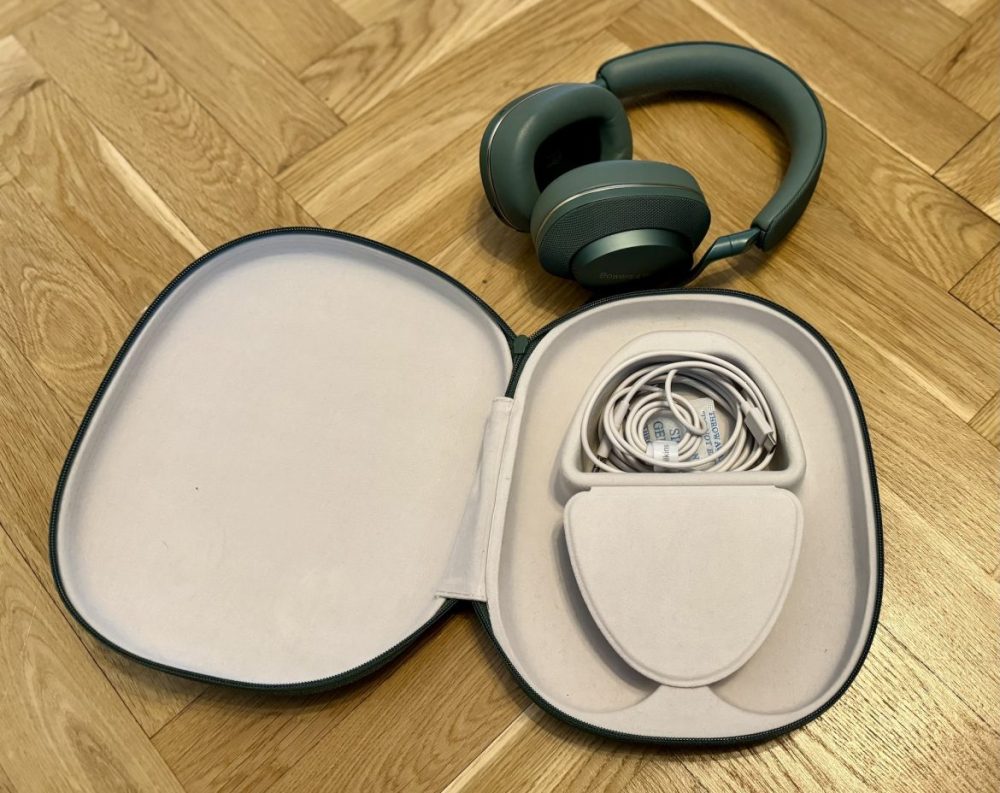
B&W PX7 S2e: Sound Quality Analysis
In short: excellent. The B&W PX7 S2e delivers an energetic, clear, and controlled sound signature. It shares some characteristics with Audio-Technica headphones, but with enhanced power, warmth, and resolution. While not the most exuberant presentation, the PX7 S2e offers exceptional audio fidelity with suitable source material. Consider Rise by Dominique Fils-Amié, for instance. The song’s impeccable mixing is complemented by the PX7 S2e’s ability to render its intimate, near-whispered vocals and precise choral placement. Instruments are rendered with clarity, the high-hat subtly shimmers, and the bass is agile. In comparison, the B&O H9i exhibits greater warmth and bass emphasis, but this can detract from the elegance of tracks like this, an issue the PX7 S2e avoids. When shifting to 80s pop, such as Steve Winwood’s Higher Love, the recording’s age and mix become apparent. The bass also seems somewhat lacking in the lower registers. Here, the H9i excels with its powerful bass and warmer character, whereas the B&W PX7 S2e offers a more analytical and less engaging presentation. The B&W headphones truly shine with material that prioritizes precision and nuance. Billie Eilish‘s delicate Your Power exemplifies this, showcasing a blooming soundstage that creates a palpable sense of presence. The B&O H9i, in contrast, provides a more generic, “radio-friendly” rendition.
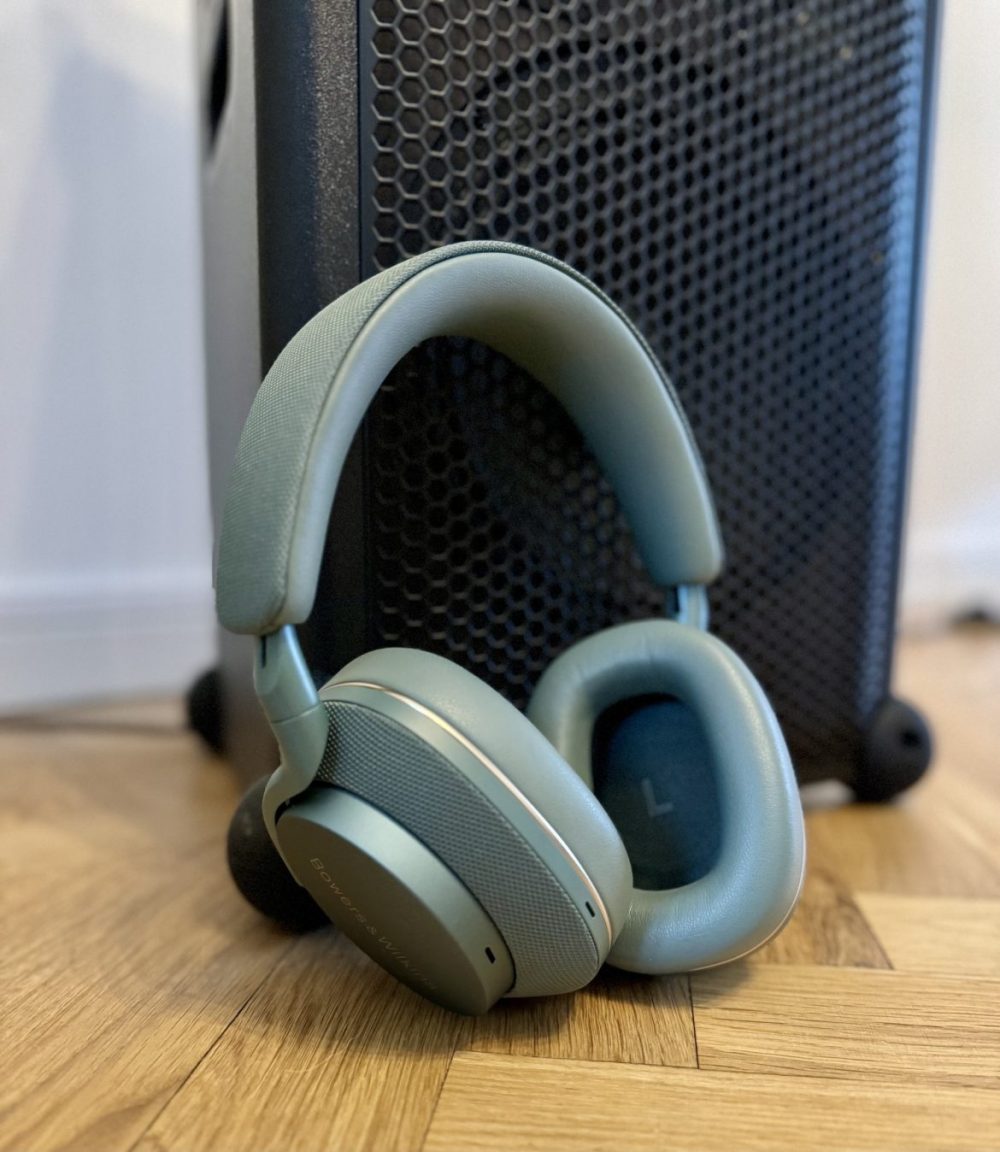
With Rammstein‘s Sonne, a favorite for evaluating sound systems, the PX7 S2e’s bass response again appears somewhat lean. The treble frequencies seem emphasized, resulting in a slightly anemic overall impression. While the reproduction is not inherently flawed, it lacks the satisfying weight and warmth desired for hard rock music.
The B&W PX7 S2e functions well as an all-around performer, with no glaring deficiencies. However, its strengths lie in acoustic and well-mixed recordings, rather than rock or bass-heavy genres. Classical and instrumental music are reproduced with excellent fidelity. The overall sonic profile aligns well with the headphones’ elegant aesthetic.
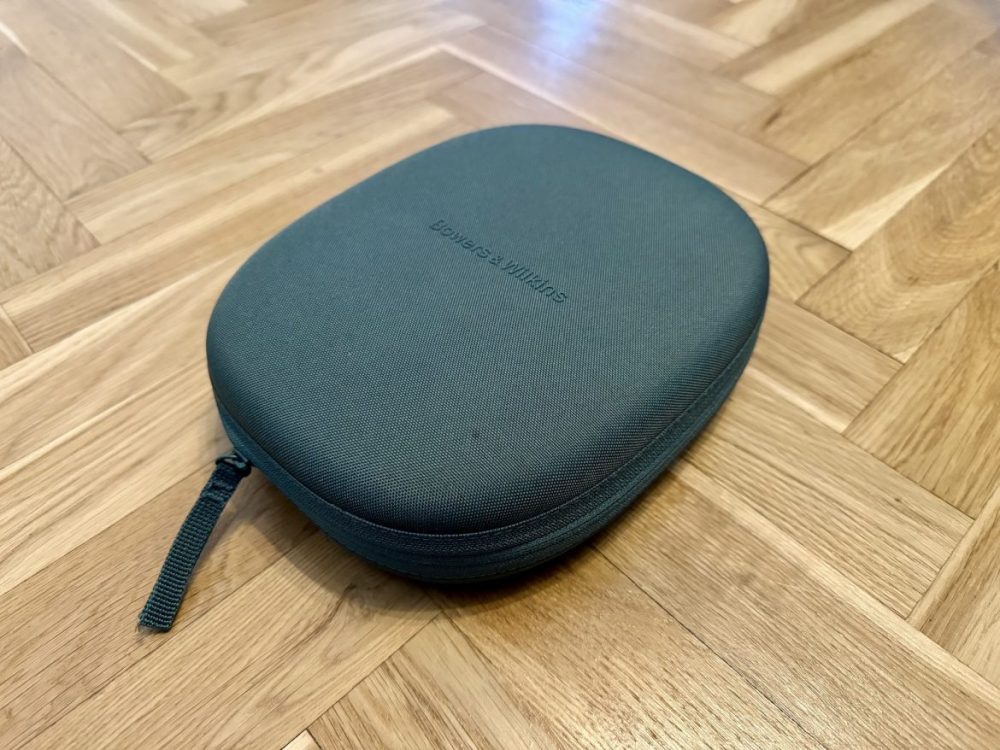
Verdict: B&W PX7 S2e
In conclusion, the Bowers & Wilkins PX7 S2e distinguishes itself as one of the most refined and versatile headphones currently available. Its sophisticated design and exceptional call quality are significant strengths. The detailed and precise audio reproduction is complemented by a comprehensive feature set, including support for modern lossless codecs and multipoint connectivity. While competing headphones in the same price bracket may offer a warmer and more engaging sound signature, such as models from Bang & Olufsen and Sony’s XM series, they often lack the detail, build quality, and overall package presented by the B&W PX7 S2e. At 5,000 SEK, the price is competitive, especially when considering that the PX8 (at 8,000 SEK) does not offer a commensurate 40% increase in audio fidelity. Finding these headphones for approximately 4,000 SEK represents an excellent value proposition. While no single headphone excels in all scenarios, the B&W PX7 S2e comes close, establishing itself as a new reference in the high-end segment on senses.se.
Bowers & Wilkins provided review units for this evaluation. The provision of review samples does not influence our editorial independence. Our reviews are conducted independently and prioritize the interests of our readers and consumers.
